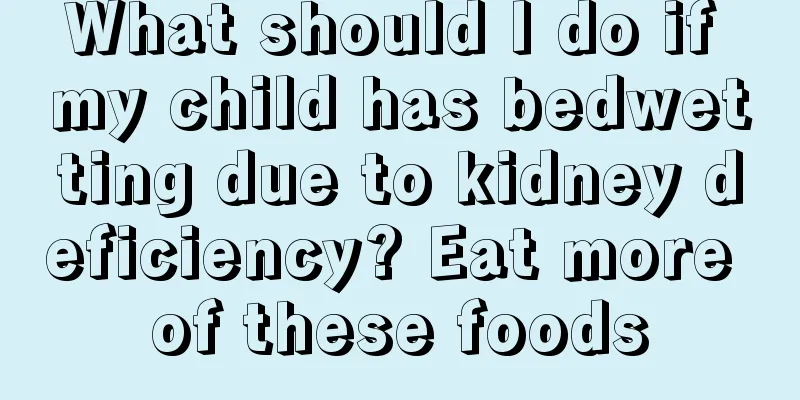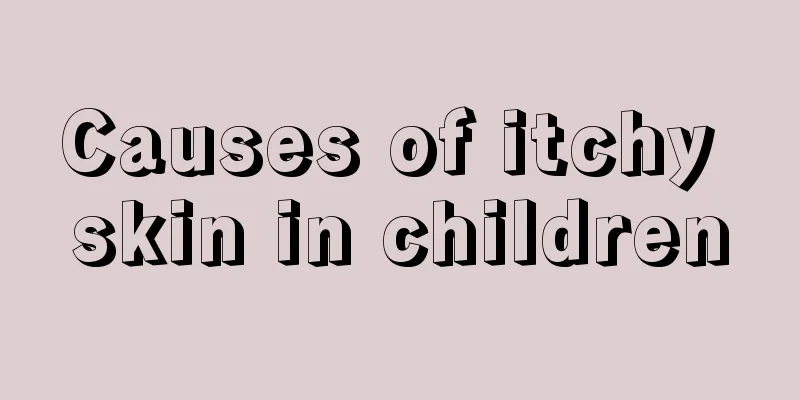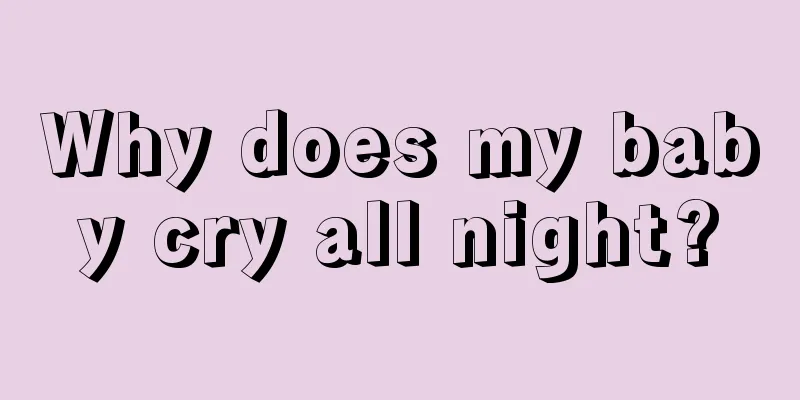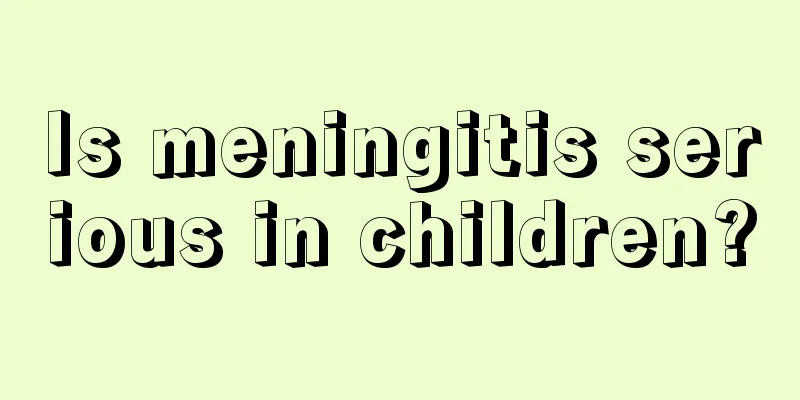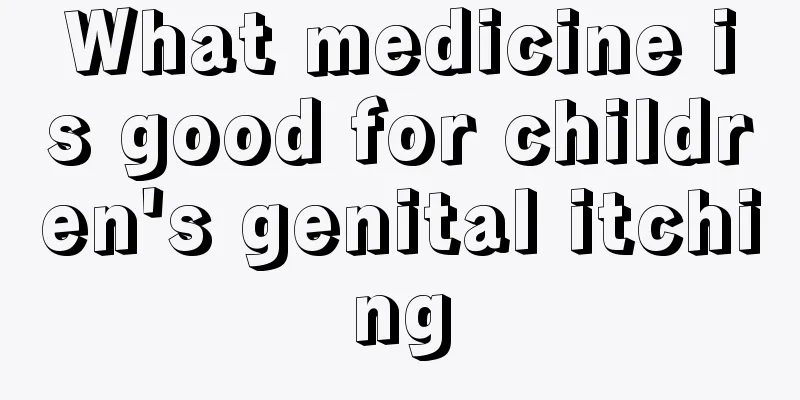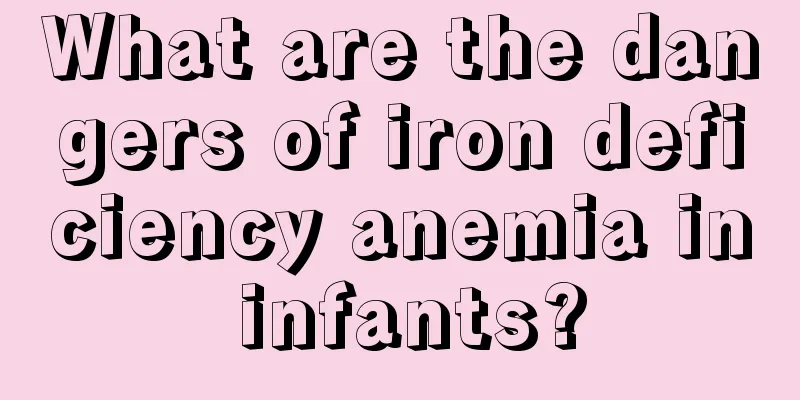What are the symptoms of convulsions in children
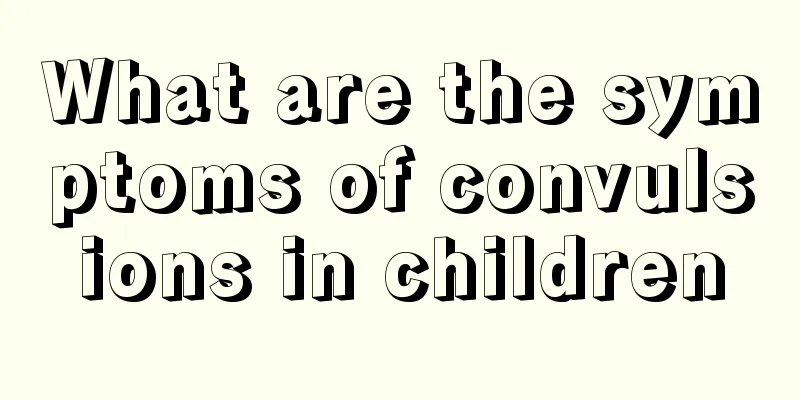
|
Convulsions in children often occur in infants and young children and are a very serious disease. When an attack occurs, children may become confused and have persistent convulsions. At this time, the eyeballs will also tilt upwards and foam will come out of the mouth. This condition should not be ignored, as it may cause irregular breathing or even respiratory arrest. It’s not over after the attack. Let’s understand. Infantile convulsions are a serious disease that is relatively common in infants and young children. So, dear parents, do you know what infantile convulsions are? If you are not very clear, let me introduce you to the symptoms of infantile convulsions here. Symptoms of baby convulsions are usually: 1. During a convulsion, the baby's head turns to one side, the neck is bent back, the eyes are straight or the eyeballs are tilted to one side, the eyeballs move upward, foam comes out of the mouth, the limbs are stretched out or shaking, and the hands are clenched into fists. There may be fecal and urinary incontinence (wetting the pants). 2. The patient is unconscious, does not breathe, and has a purple face. A convulsion may last for a few seconds or minutes before it resolves on its own and stops. If the convulsion lasts for more than half an hour and still cannot be stopped, it is medically called status epilepticus. After the convulsion stops, the baby often falls into a groggy sleep. Young babies may experience twitching of the corners of their mouth and eyes, and respiratory arrest or irregular breathing. 3. Twitches that are mild and non-twisty are easily ignored. Seizures rarely occur only once. They often recur or occur again after a period of time. It is worth noting that babies may have local small muscle twitches after falling asleep. Sometimes, when a baby is about to wake up but not yet fully awake, his hands and feet move around, or when he is sleeping, he may have brief, slight twitches when stimulated by sound or light. These are all normal phenomena and should not be mistaken for convulsions. Symptoms and daily preventive measures for children with convulsions
1. Strengthen physical exercise to improve disease resistance. 2. Avoid infection by seasonal pathogens. Pay attention to food hygiene and do not eat rotten or spoiled food. 3. Get vaccinated regularly to avoid falls and shocks. 4. Children with a history of high fever convulsions should be cooled down in time and take anticonvulsant drugs when the fever first occurs. No matter what causes the convulsions, the first thing to do is to use medication to control the convulsions as soon as possible. Otherwise, long-term convulsions may cause fever or affect the heart and brain functions, and some may even die from suffocation. Good care can prevent accidental death of infants. |
<<: Symptoms of blocked tear sac in baby
>>: Symptoms of baby's food accumulation
Recommend
How to educate a child who steals?
Why are some children particularly naughty and ig...
Can teeth grow back if they fall out at the age of 15?
Everyone should know that each of us has a time t...
What can children eat to whiten their skin?
As the saying goes, parents’ love is the most com...
White bumps on baby's gums
Babies are a treasure in the hearts of their pare...
What is the treatment for baby hiccups?
Hiccups are a very common phenomenon that occurs ...
What are the causes of children's hunchback?
Hunchback has a very negative impact on the appea...
How to prevent bronchial asthma in children?
Asthma is sometimes hereditary, causing some chil...
Why does my child keep vomiting?
When a baby has symptoms of vomiting, generally s...
Children blink very frequently. Let us tell you the real reason!
If parents find that their children blink very fr...
Why is my eight-month-old baby retching?
We all know that taking care of a baby is a very ...
Is scraping good for children?
Those who have children at home know that babies ...
What should children with poor vision development eat?
Children's eyesight is in the development sta...
Treatment of red spots on newborn baby's eyelids
The birth of every new life will make our parents...
How to take good care of your baby's bone development period
The healthy growth of babies has always been a co...
What causes headaches and vomiting in children?
Headache and vomiting in children is a common phe...
